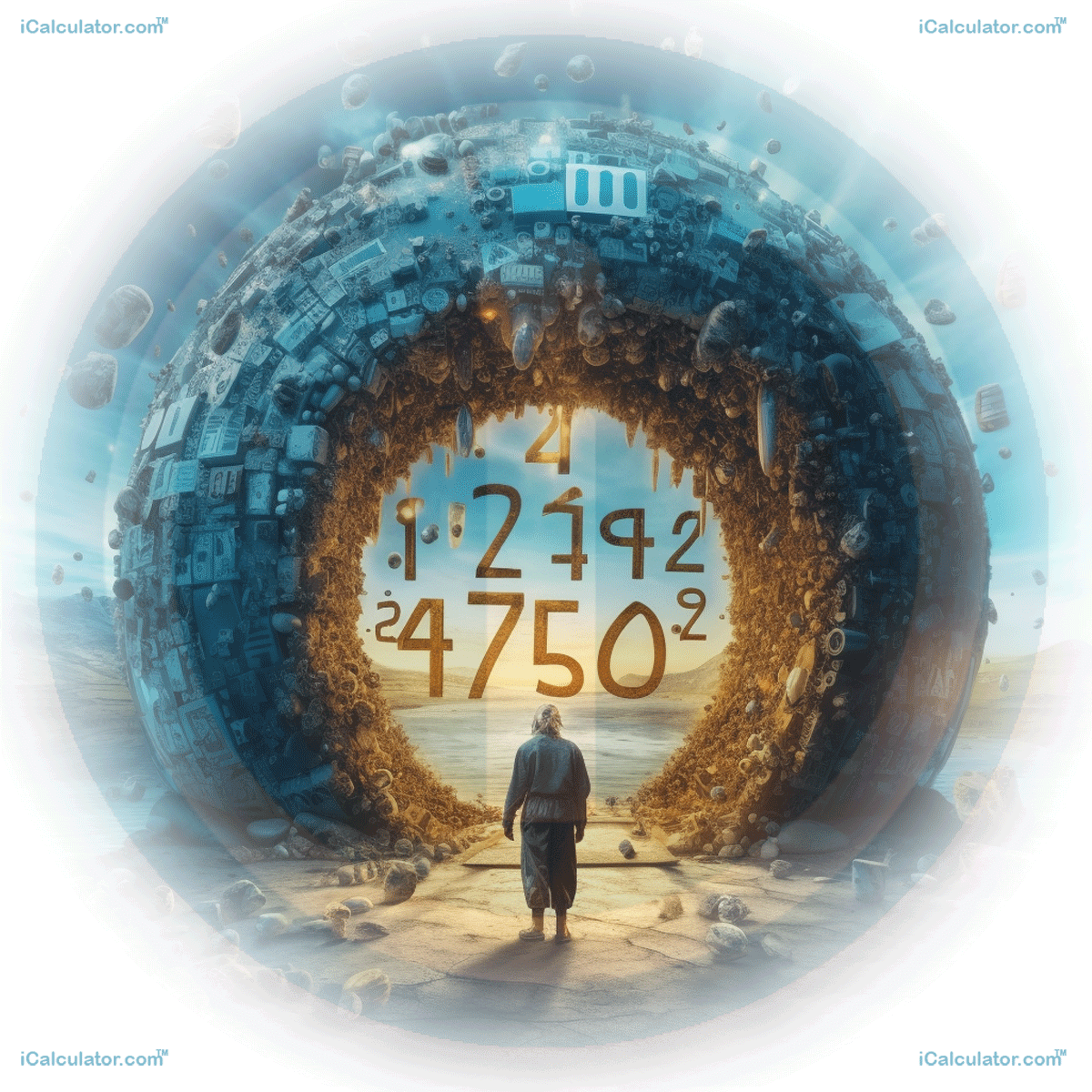Menu
Volume Conversion Calculator
Please provide a rating, it takes seconds and helps us to keep this resource free for all to use

A Quick User's Guide To Understand the Volume Conversion Calculator
Conversion between different units of volume becomes easy with this online volume conversion tool called the volume conversion calculator. Have you ever wondered how many people can fit in your room or how much water can you put into your glass? If we find out the answer to the above questions, we will get the volume of the room and the glass as well.
Though finding the volume of a particular object may seem difficult, it is not. However, if you are told to convert the volume of an object into different units, it would be a difficult task. This is the reason why we present this online interface, a volume conversion calculator that offers the ease of calculation and saves a lot of time. Let's learn more about the quantities related to the calculator:
What is Volume?
Volume may be defined as the space an object takes to fill up completely. It can also be defined as the quantity of a 3-D object that is enclosed by a closed surface".
Since different objects have different shapes, their formula for calculating volume is also different. For example, the formula for finding the volume of a cube is a*a*a cubic units, where a is the side of the cube while the formula for finding the volume of a cuboid is l*b*h, where l is the length of the cuboid, b is the breadth of the cuboid and h is the height of the cuboid.
Different applications of volume
Volume has its application in almost each and every field. Here are some of the applications of volume in few spheres of life:
- The capacity of a rectangular storage tank.
- The capacity of a swimming pool to hold water.
- The luggage space possible inside a bag.
- Amount of soil required in order to fill a planter box.
- The amount of fuel required to fill a tank.
- The number of benches that can be placed in a classroom.
- Carload volume in order to move storage.
How the different units of volume are converted?
In order to convert between the units of volume, we use a conversion factor. A conversion factor is nothing but a constant that is multiplied (or divided, when requires) with the volume of an object. Different units are multiplied or divided with different conversion factors to convert them into required units.
Mathematically, this can be understood as:
Where
- S is the starting volume
- C is the conversion factor
- E is the converted volume in the desired unit
For example, if we want to convert 10L into m3, we need to multiply it with 0.001. In this case, the unit of the conversion factor is m3/L.
Different units of volume
There are numerous units of volume that can be converted into one another. Here is a list of some of the units of volume:
Cubic meter [ m³ ]
A cubic metre is known to be the SI unit of volume which is equal to 1000 litres.
Acre-foot [ ac ft ]
When we are referencing large scale water resources including river flows and canals, we use acre-foot at that time.
Canada cup [ c (CA) ]
In Canada, there are 8 Imperial fluid ounces (or 0.2273045 litres) in a cup.
Centiliter [ cL ]
Being a common metric unit of volume, a centilitre is equal to 10 cubic centimetres.
Cubic centimetre [ cm³ ]
A cubic centimetre is known to be the CSG unit of volume which is equal to 1 millilitre.
Cubic foot [ ft³ ]
Known to be the traditional unit of volume, a Cubic foot is equal to 1728 cubic inches, or 28.316 85 litres.
Cubic inch [ in³ ]
It is also a traditional unit of volume whose value is equal to 0.0163870640692641 cubic centimetre or 0.0163870640692641 millilitres.
Litre [ L ]
It is the common metric unit of volume and its value is equal to 0.001 cubic metres.
Summary
From the use of the online calculator to the definition of volume and from the application of the volume to the different units of the volume, we have covered every possible element on volume conversion to help you understand and use the online volume conversion calculator more conveniently.
If you want to convert between different units of volume, you may use this calculator any time and you will get the results as soon as you enter the value to be converted, the primary unit and your desired unit respectively.